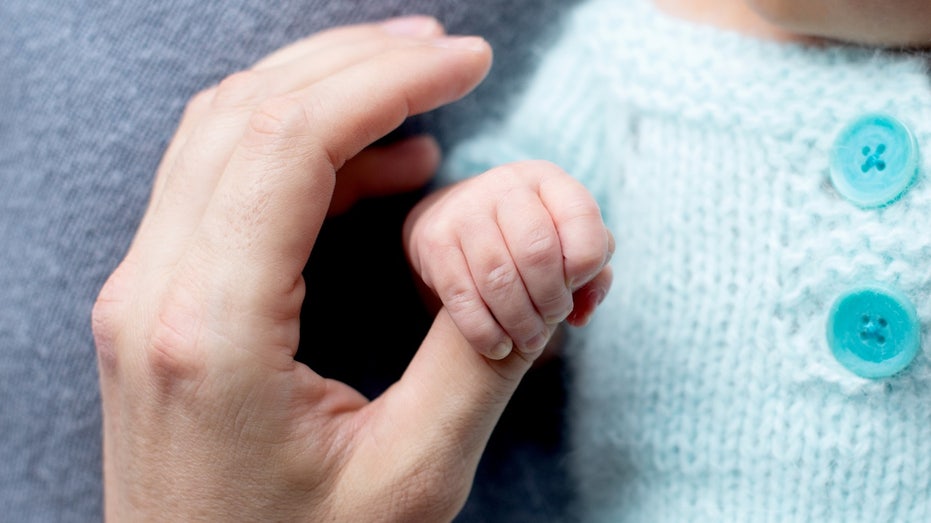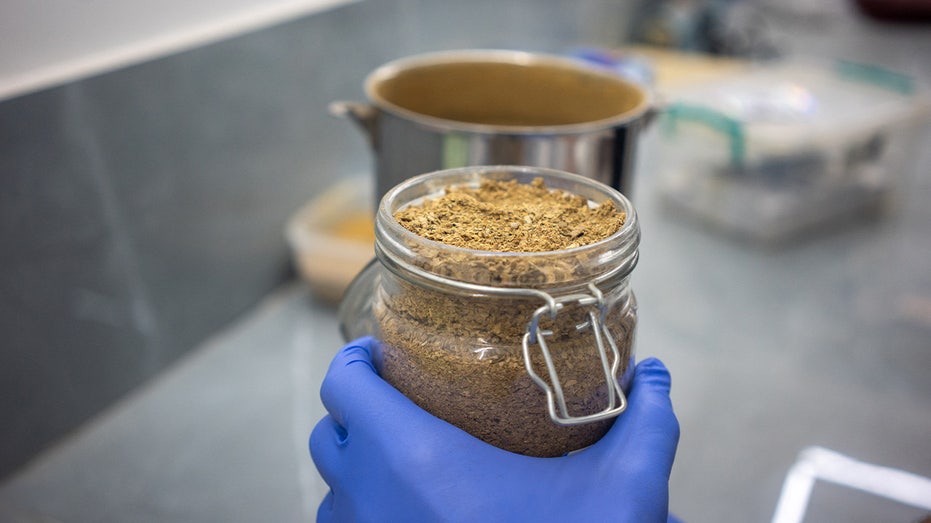Sperm Donor's Hidden Mutation Triggers Cancer in 10 Children, Raises Alarm

Sarah Johnson
May 31, 2025
Brief
Sperm donor's rare TP53 mutation linked to cancer in 10 children, sparking calls for stricter fertility industry regulations across Europe.
A rare genetic mutation in a sperm donor has cast a shadow over the lives of 67 children conceived through his donations across Europe. The mutation, tied to the TP53 gene, is linked to Li-Fraumeni syndrome, a condition that dramatically increases the risk of cancer—90% by age 60, according to the Cleveland Clinic. Tragically, 10 of these children have already been diagnosed with cancers like leukemia and non-Hodgkin lymphoma, a revelation that has sparked urgent calls for reform in the fertility industry.
The issue surfaced when two families, alarmed by their children’s cancer diagnoses, contacted fertility clinics and uncovered the shared genetic link. Dr. Edwige Kasper, a biologist at Rouen University Hospital, presented the case at a recent conference in Milan, highlighting the mutation’s devastating impact. Her research traced the donor’s legacy to 46 families in eight countries, with 23 children testing positive for the variant. Kasper emphasized the need for a Europe-wide cap on the number of births per donor, noting, “Not every man has 75 children across Europe.”
The European Sperm Bank, which supplied the sperm, insists that donor-assisted reproduction remains safer than untested conception. Their screening process includes medical exams, family history reviews, and genetic testing, but this particular mutation was undetectable under standard protocols in 2008 when the donations were made. Julie Paulli Budtz, the bank’s VP of communications, expressed deep regret, stating, “We’re deeply affected by this case.” The bank has since set a voluntary limit of 75 families per donor, but with no universal regulations in place, the risks persist.
In the U.S., the absence of federal limits on sperm donations raises similar concerns. The American Society for Reproductive Medicine suggests a cap of 25 live births per donor in a population of 800,000, while California Cryobank limits family units to 20–30 worldwide. Yet, without mandatory oversight, the potential for widespread genetic issues remains a ticking time bomb. As families grapple with the fallout, the case underscores the delicate balance between advancing reproductive technology and safeguarding the health of future generations.
Topics
Editor's Comments
Talk about a genetic plot twist! This donor’s legacy reads like a sci-fi thriller—67 kids, one sneaky mutation, and a wake-up call for the fertility world. If life’s a gamble, this guy’s sperm was a loaded die. Time for regulators to roll out some hard limits before we’re all playing genetic roulette!
Like this article? Share it with your friends!
If you find this article interesting, feel free to share it with your friends!
Thank you for your support! Sharing is the greatest encouragement for us.



